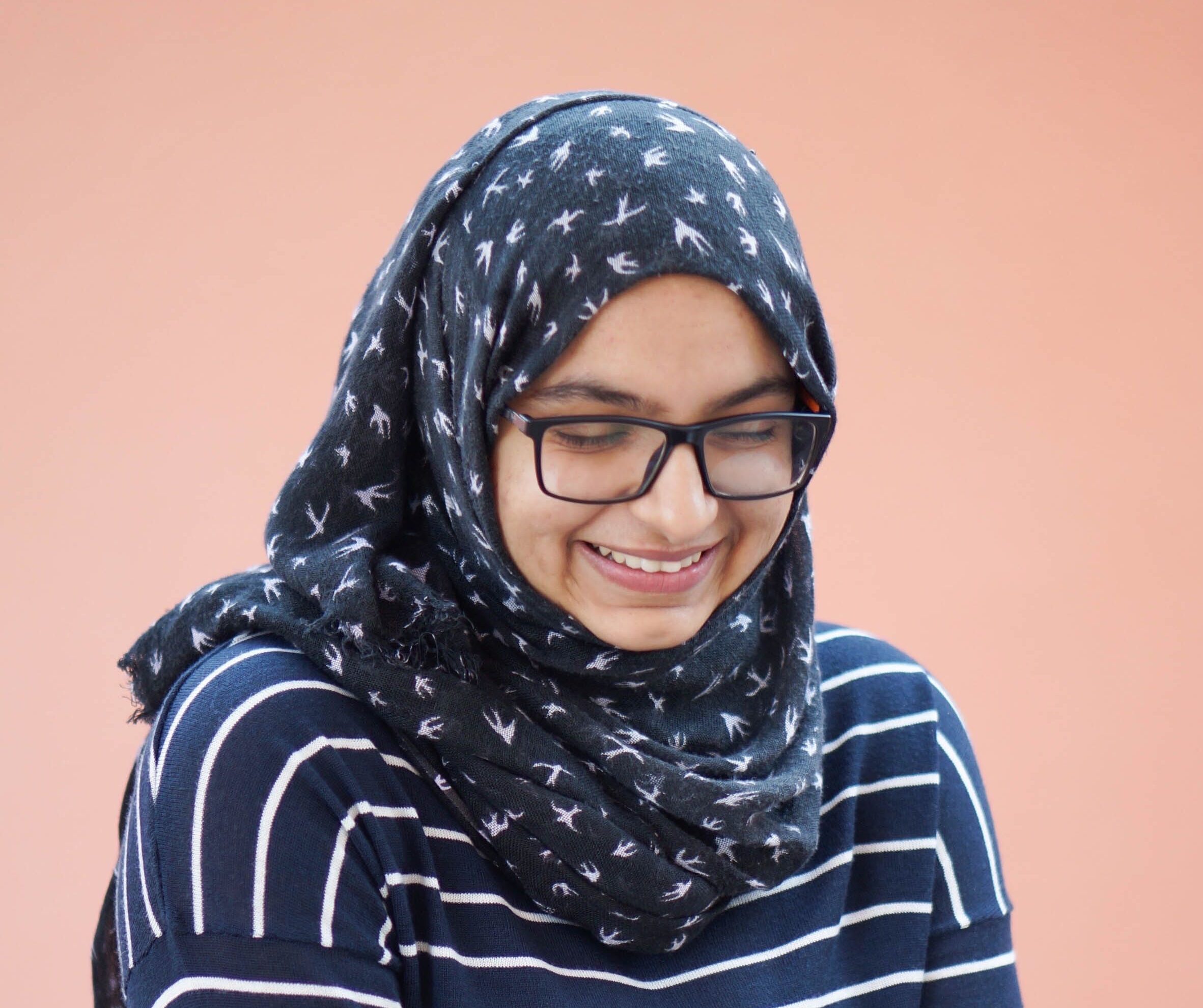
By Sana Panjwani, senior creative copywriter, Create Group
Ramadan is right around the corner and while a quiet lull falls across the UAE during the Holy Month, the weeks leading up to it are anything but calm for marketers and advertisers.
This is the time of the year when clients are most likely to launch big-budget campaigns. And the reason? Content consumption and connectivity always spike during Ramadan.
But simply marketing at a time of piqued interest isn’t actually enough to capture interest. Over the years, Ramadan campaigns have become formulaic. We’ve all seen the TVCs. Set to Ramadan-esque music, they feature warm lighting, a kind act, a gathering, subtle product display… before we cut to the end frame with the logo.
I’m not saying it doesn’t warm the heart, but it’s become apparent that this see-good-feel-good approach is no longer enough to cut through the noise of competing brands.
So with an abundance of channels and an over-saturated market to contend with, how are brands (and us, their consultants) going to focus our messaging?
It’s a mobile-first world
A golden rule of marketing is to go where the audience is, and that audience is now on their phones. Even with the lure of Ramadan programmes, the Global Web Index found that multi-screen consumption has become the norm among 93 per cent of TV watchers.
So instead of just building for TV and then adapting it for web and social media with cutdowns, we’re asking questions like “what native features can we play with?” or “how can I create a more immersive experience?”
While not Ramadan-specific, Sonic’s #SquareShakes for Instagram, the Living Museum’s scroll-through website, and Snapchat’s COVID-19 Solidary Respond Fund AR filter are great examples of thinking mobile-first.
Real stories from real people
A good story goes a long way and research has consistently shown that today’s audience of millennials and Gen Z value authenticity and transparency. It’s why we’ve seen a rise in personal essays and human-angle stories across media. It’s why TikToks and tweets that offer snapshots into a person’s very real, very raw life tend to go viral.
So if a brand is looking to highlight Ramadan moments, this authenticity-seeking audience isn’t going to be all that receptive to engineered feel-good scenarios. Brands are learning to forego characters in favour of real people’s stories.
Nadir Nahdi’s Ramadan Food series is a brilliant example of balancing entertainment and storytelling.
Content from content creators
For the longest time, brands and mass media controlled the narrative, but the past decade has shifted the paradigm. Individual creators have amassed their own communities, diversifying and even changing narratives. Their bank of credible content pushed consumers to start placing more trust in their recommendations than simply relying on mainstream advertising.
Brands will continue to rely more on influencer marketing to create closer connections with their audience and hammer their messaging home, like TikTok’s Ramadan Better Together campaign last year, which focused on four key Ramadan values: kindness, togetherness, tolerance and giving.
Doubling down on Ramadan values
Brand strategy will always keep changing but the spirit of Ramadan will stay the same. This means values like patience, togetherness and generosity will always be highlighted in campaigns, whether the year is 2023 or 2093.
We’re going to continue seeing charity-driven campaigns in Ramadan, especially as this is the period when charitable donations skyrocket.
Look no further than last year when Meta launched its #MealsForReels campaign in support of the 1 Billion Meals initiative, or in 2021 when Dubai Holding ran its award-winning A Meal For A Brighter Tomorrow campaign in partnership with the UN World Food Programme.
Brands are going to continue to grow their business in the digital space this Ramadan by focusing on a mobile-first strategy, prioritising authentic storytelling, collaborating with content creators and balancing their marketing against the strong values Ramadan is known for.
Beyond that, agility is the way forward. It’s not new advice but one that’s always worth repeating because it’s important to recognise that digital is not simply a separate discipline, but a dynamic ever-evolving channel that requires its own approach rather than having traditional thinking imposed on it.
Ramadan Kareem!









